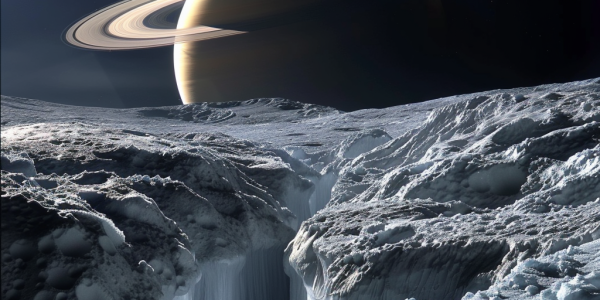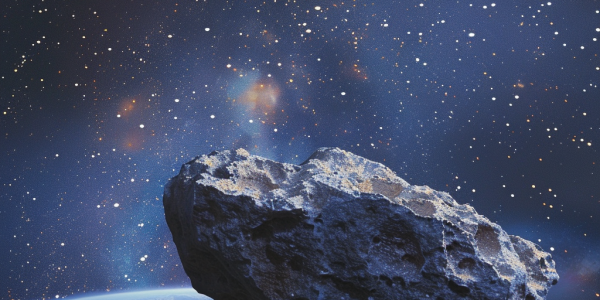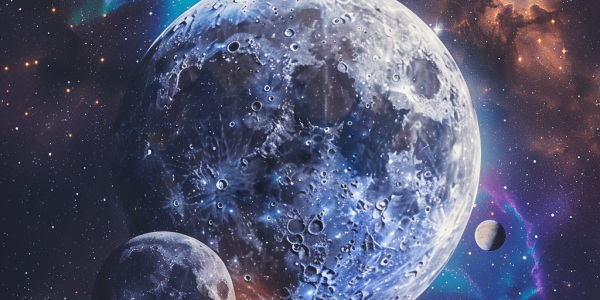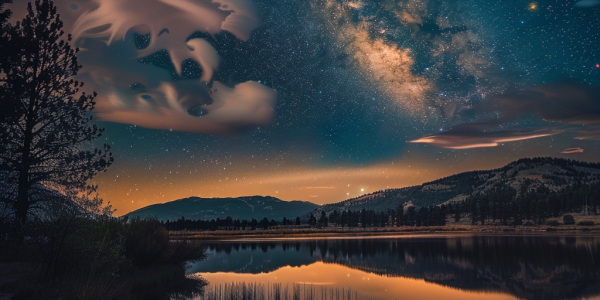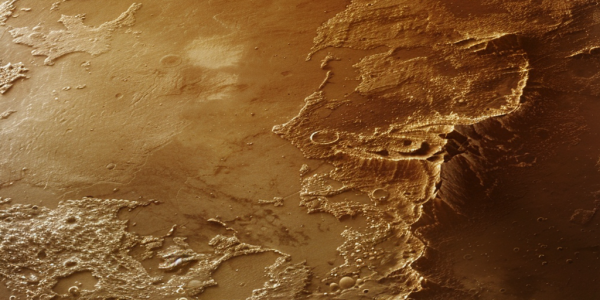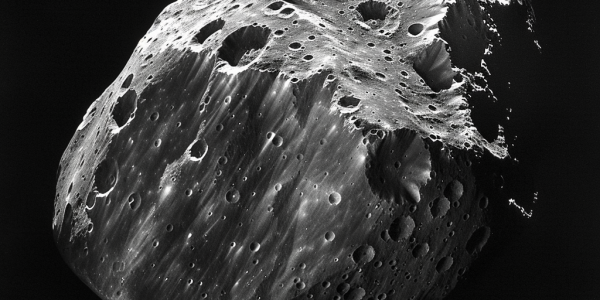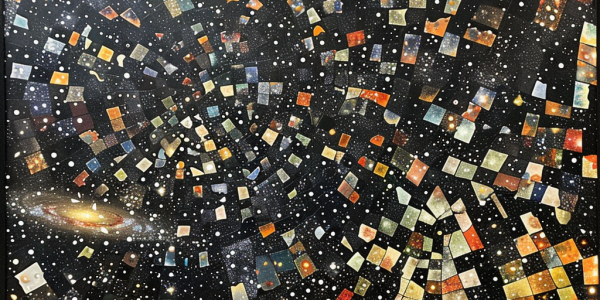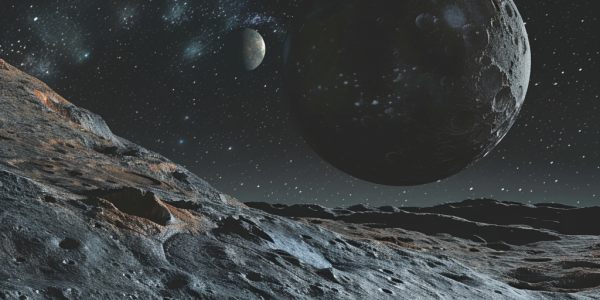Enceladus’ Mysterious Dark Spot Sparks New Life Search Insights
Saturn’s moon Enceladus, with its intriguing subsurface ocean and active geysers, is at the forefront of astrobiological research. Recent findings about a mysterious disappearing dark spot have sparked scientific curiosity, raising questions about its connection to the moon’s potential to support life. As researchers analyze these phenomena, Enceladus remains a key target in the search for extraterrestrial life.
NASA to Monitor Asteroid 2024 PT5’s Close Approach to Earth
NASA reports that asteroid 2024 PT5, a 33-foot fragment from the Moon, will closely approach Earth in January 2025. This event presents a unique opportunity for scientists to study the asteroid, which poses no threat to our planet. As it orbits at a distance nine times further than the Moon, astronomers are eager to monitor its trajectory, contributing to planetary defense efforts and enhancing our understanding of near-Earth objects.
Moon’s Close Encounter with Saturn to Dazzle Stargazers Tonight
Tonight, November 10, 2024, stargazers can witness a stunning celestial event as the Moon approaches Saturn, coming within five arc minutes. This rare opportunity includes a lunar occultation for viewers in central Florida and parts of Central America, where the Moon will obscure Saturn for about an hour. Don’t miss this chance to observe the beauty of our solar system with the naked eye or through binoculars!
New Study Challenges Moon’s Origins, Proposes Capture from Binary System
A recent study from Penn State University challenges the long-held giant impact hypothesis of the Moon’s formation, proposing instead that the Moon may have been captured from a binary system of celestial bodies. This groundbreaking research, led by Professor Darren Williams, highlights the Moon’s orbital alignment as evidence for this new theory, opening up possibilities for understanding the origins of other moons and planetary systems in our solar system.
Earth to Temporarily Gain a Second Moon This Autumn
This autumn, Earth will temporarily gain a second moon as asteroid 2024 PT5 is captured by our planet’s gravity. Expected to appear on September 29 and remain in orbit for two months, this mini-moon will be too dim for the naked eye but detectable by professional telescopes. Discover the fascinating journey of this small asteroid and its implications for astronomy.
Moon Drifting Away: Implications for Earth’s Days and Geological Processes
Recent studies reveal that the Moon is drifting away from Earth at a rate of 3.82 centimeters per year, potentially lengthening our days to 25 hours in 200 million years. Research from the University of Wisconsin-Madison explores the Earth-Moon relationship, uncovering insights into geological processes and the Moon’s complex history. Discover how this celestial movement could impact tides, climate, and life on Earth.
Liquid Hydrocarbon Waves May Have Shaped Titan’s Shorelines, Study Suggests
Discoveries suggest that Saturn’s moon Titan may have shorelines shaped by waves of liquid hydrocarbons, potentially impacting its geological evolution. Despite conflicting observations, studies hint at wave activity on the moon, sparking curiosity for future missions. Researchers analyze existing data and simulations to uncover the mysteries of Titan’s landscape.
Mars’ ‘Space Potato’ Moon Phobos Captures Attention of Scientists and Space Enthusiasts
Explore the fascinating world of Mars’ largest moon, Phobos, with stunning images captured by NASA’s HiRISE camera. Learn about the unique features and mysterious allure of this ‘space potato’ as scientists delve into its origins and potential fate. Discover how advanced technology is unlocking the secrets of Phobos and its counterpart, Deimos, providing valuable insights into the dynamic nature of our solar system.
Newly Discovered Satellite Galaxies Surrounding HSC-SSP Area Unveiled by Researchers at Tohoku University
A recent study by researchers at Tohoku University has uncovered numerous satellite galaxies in the HSC-SSP area, previously unknown and identified through advanced technology. This discovery provides valuable insights into the cosmos, shedding new light on the Milky Way, dark matter, and the dynamics of the universe.
New Research Suggests Rocky Exoplanets More Likely to Host Large Moons
Recent simulations suggest that smaller rocky exoplanets are more likely to host large moons, shedding light on the formation of Earth’s moon and potential exomoons around other planets in the universe. Scientists explore the concept of ‘streaming instability’ in moon formation, revealing challenges for moon survival and implications for the search for exomoons beyond our solar system.

